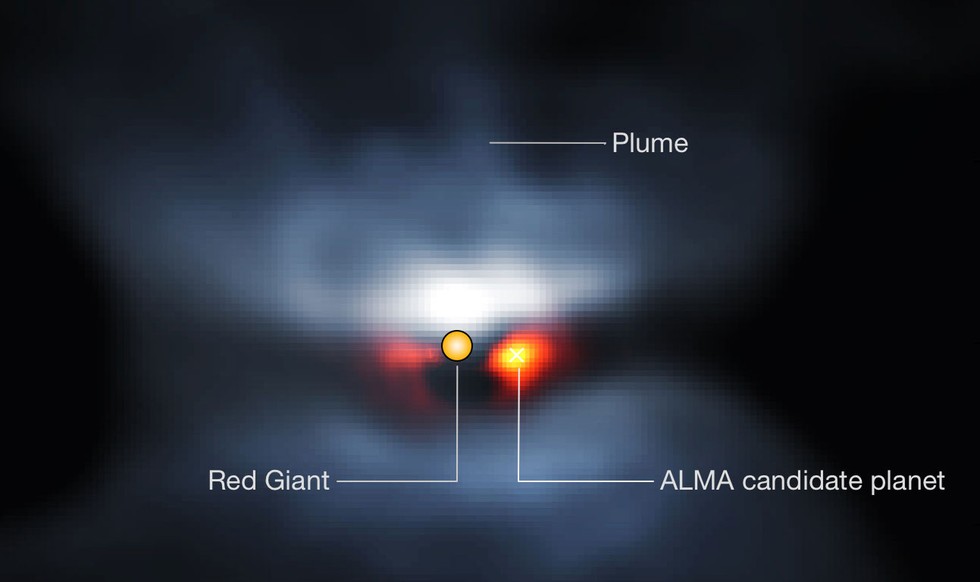But what is less clear is what will happen to Earth — will our planet go the way of Mercury and Venus and succumb to an ocean of superheated plasma? Or will our planet escape the worst of the sun's death throes to continue orbiting the tiny white dwarf star that will be left behind?
"We already know that our sun will be bigger and brighter [when entering the red giant phase], so that it will probably destroy any form of life on our planet," said Leen Decin, of the KU Leuven Institute of Astronomy, in a statement. "But will the Earth's rocky core survive the red giant phase and continue orbiting the white dwarf?"
With the help of the most powerful radio observatory on the planet, astronomers could soon have a clue by looking at a nearby star system that resembles how our solar system will look when the sun begins to die.
L2 Puppis is an evolved star located over 200 light-years from Earth. Though this seems far away, it's pretty much on our cosmic doorstep and well within the resolving power of the Atacama Large Millimeter/submillimeter Array (ALMA) in Chile. Through precise measurements of the star, astronomers have deduced its mass and age, realizing that it is (or was) a sun-like star that's now 10 billion years old. It's also a prime example of a planetary nebula in the making.
Like our sun five billion years in the future, L2 Puppis is ripping itself apart, blasting huge quantities of gas into space. This process creates a massive glowing cloud and this particular planetary nebula resembles a beautiful cosmic butterfly (pictured above by the ESO's Very Large Telescope).
 |
| A composite view of the L2 Puppis star system, including the location of the red giant star and probable exoplanet. |
But that's not all. According to the new study published in the journal Astronomy & Astrophysics, L2 Puppis also appears to have a planet in tow, roughly 300 million kilometers from the star. Though this distance is around twice the distance that Earth orbits the sun, it provides a very privileged view of a world orbiting a dying sun-like star. It's also an ominous preview of what's in store for Earth in a few billion years and the researchers hope to study this unfortunate planet as it experiences the wrath of L2 Puppis.
Read more at Discovery News

No comments:
Post a Comment